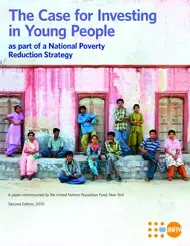
Publisher
UNFPA
Publication date
01 January 2010
Author
UNFPA
Number of pages
68
Publications
The Case for Investing in Young People
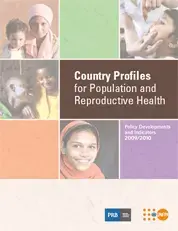
Publisher
UNFPA
Publication date
01 January 2010
Author
UNFPA and the Population Reference Bureau
Number of pages
338
Publications
Country Profiles for Population and Reproductive Health
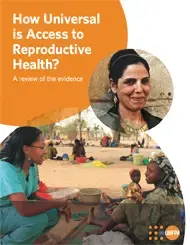
Publisher
UNFPA
Publication date
01 January 2010
Author
UNFPA
Number of pages
52
Publication
How Universal is Access to Reproductive Health?
A Review of the Evidence

Publisher
UNFPA
Publication date
01 January 2010
Author
UNFPA
Number of pages
34
Annual Report
UNFPA Annual Report 2009

Publisher
UNFPA
Publication date
12 September 2009
Author
UNFPA
Number of pages
56
State of World Population
At the Frontier
Young People and Climate Change
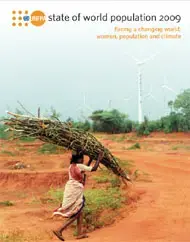
Publisher
UNFPA
Publication date
01 January 2009
Author
UNFPA
Number of pages
104
State of World Population
State of World Population 2009
Facing a Changing World: Women, Population and Climate
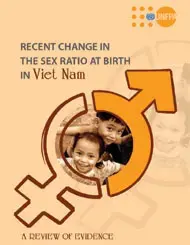
Publisher
UNFPA
Publication date
01 January 2009
Author
UNFPA
Number of pages
56
Publications
Recent Change in the Sex Ratio at Birth in Viet Nam
A Review of Evidence
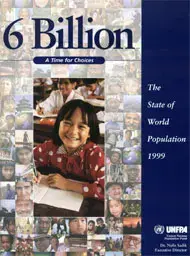
Publisher
UNFPA
Publication date
Sep 1999
Author
UNFPA
Number of pages
76
State of World Population
State of World Population 1999
6 Billion: A Time for Choices
Women are having fewer children than ever before, and population growth has slowed from 2.0 to 1.3 per cent in 30 years. But large families in the recent past mean that there are many more women of childbearing age. Global population is still rising by about 78 million people a year. Half the world is under 25 and there are over a billion young people between 15 and 24, the parents of the next generation.
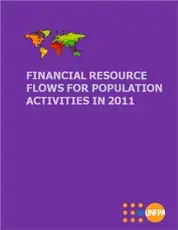
Publisher
UNFPA
Publication date
01 January 2013
Author
UNFPA
Number of pages
88
Publications
Financial Resource Flows For Population Activities in 2011
This report is intended to be a tool for donor and developing country Governments, multilateral organizations and agencies, private foundations and NGOs to monitor progress in achieving the financial resource targets agreed to at the ICPD. Development cooperation officers and policy makers in developing countries can use the report to identify the domestically generated resources and complementary resources from donors needed to finance population and reproductive health programmes.
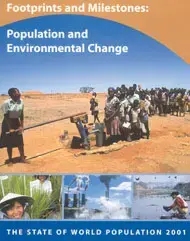
Publication date
01 January 2001
Author
UNFPA
Number of pages
80
State of World Population
State of World Population 2001
Footprints and Milestones: Population and Environmental Change
Human activity is altering the planet on an unprecedented scale, the report points out. More people are using more resources with more intensity and leaving a bigger "footprint" on the earth than ever before. The report examines the close links between environmental conditions, population trends, and prospects for alleviating poverty in developing countries. It finds that expanding women's opportunities and ensuring their reproductive health and rights are critically important, both to improve the well-being of growing human populations and to protect the natural world.
